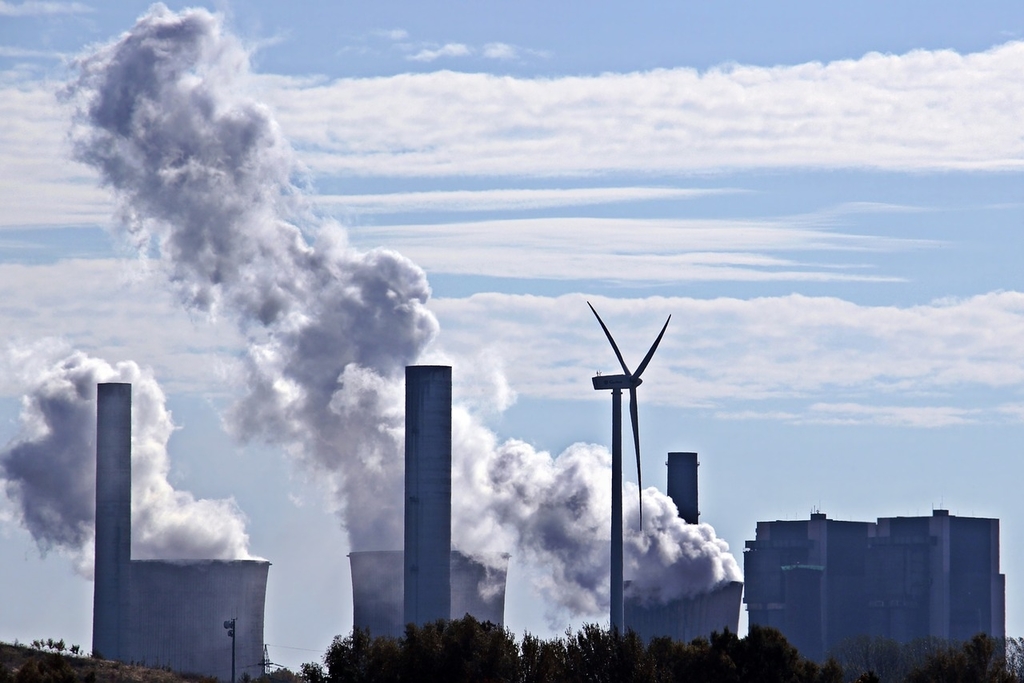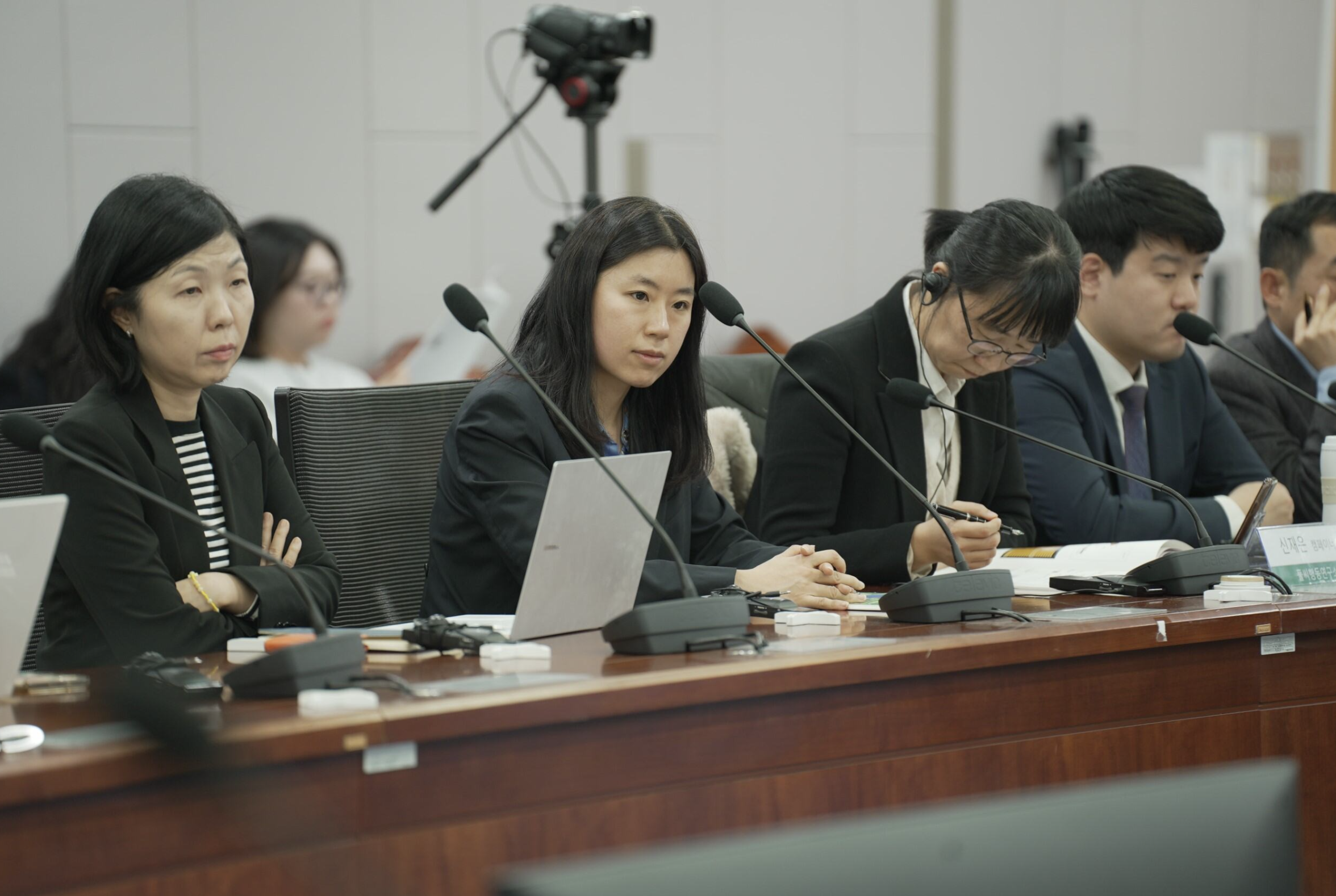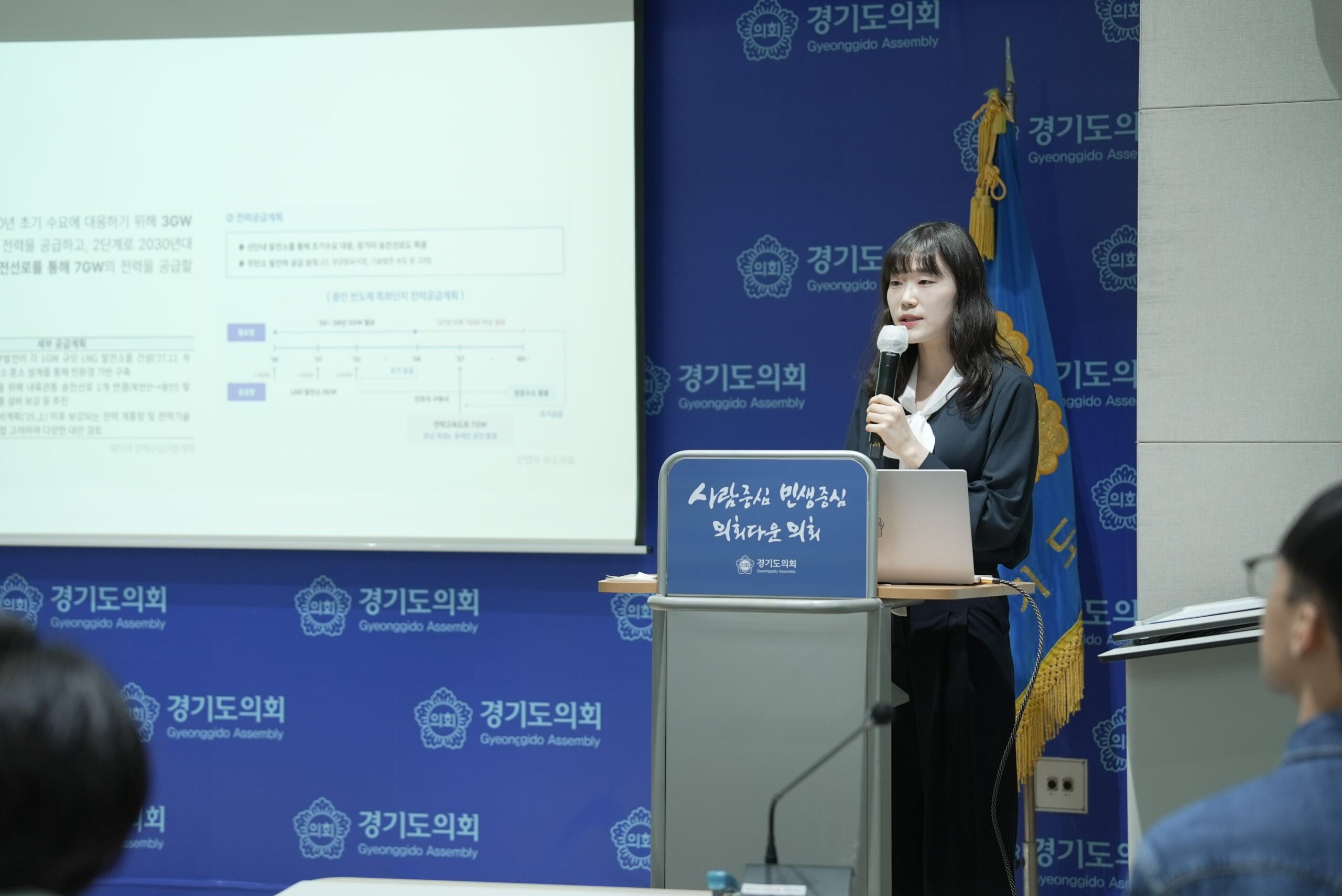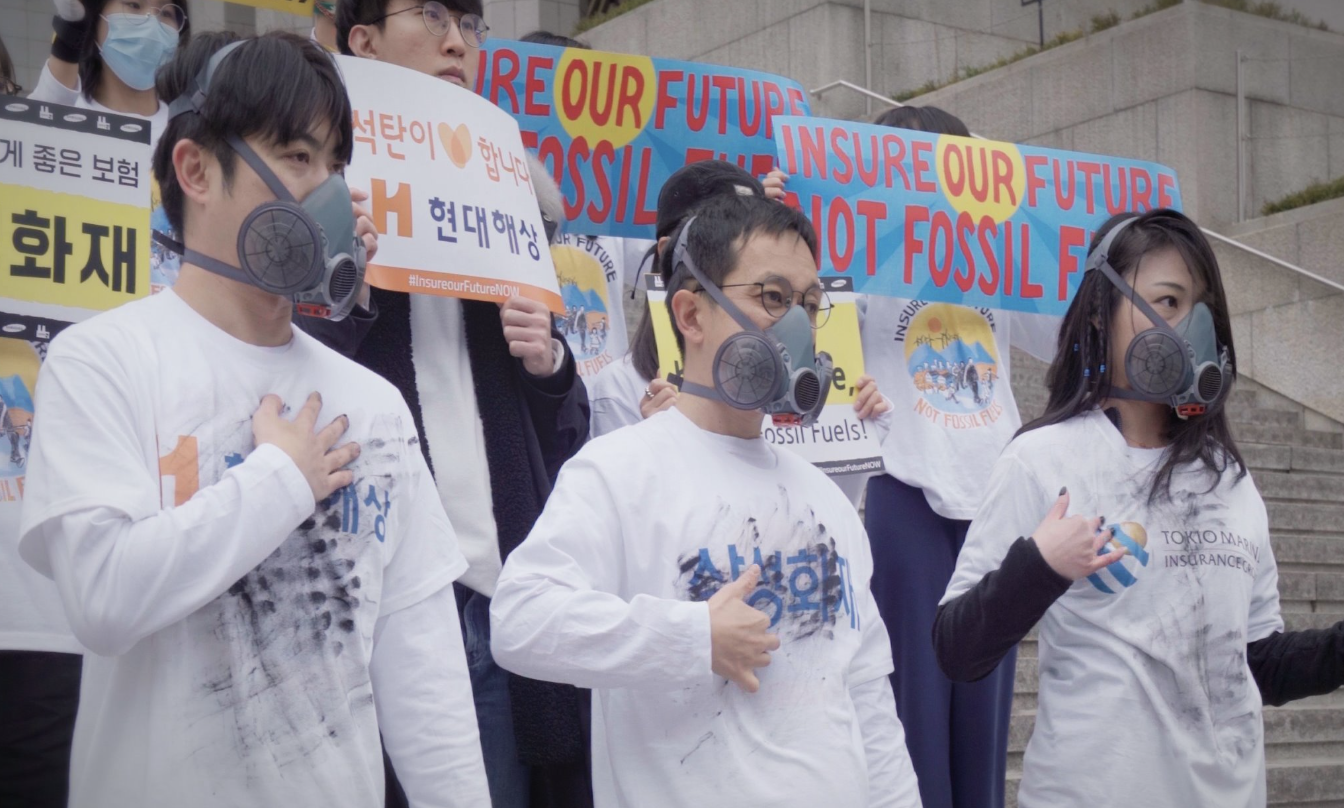
Semiconductors are crucial for the energy transition, powering innovations like electric vehicles and smart grids. While they enable daily essentials such as smart phones and vital green technologies, their production is highly energy-intensive, posing significant climate risks. As the semiconductor industry grows, integrating renewable energy with technological advancements becomes essential. South Korea’s Yongin Semiconductor Cluster project underscores this challenge, aiming to boost the country’s semiconductor capabilities while mitigating environmental impacts.
Samsung Electronics’ RE100 Ambitions
Samsung Electronics, as the biggest electricity consumer and the 8th biggest emitter of greenhouse gases in Korea, has pledged to achieve net-zero emissions and RE100 by 2050. However, given that many key global clients of Samsung’s Device Solution division, such as Apple and Microsoft, have a much earlier scope 3 emissions reduction target than 2050, it is highly likely that the company will face pressure to expedite its decarbonization target. Meanwhile, Samsung’s main competitor, TSMC, has announced plans to accelerate renewable energy use by moving its RE100 target 10 years forward to 2040, actioning its promise by supplying its new Kuramoto plant with 100% renewable energy, despite the high cost.

The Push for Green Chips
With the semiconductor industry on the rise, the drive for "green chips"—semiconductors produced using renewable energy and sustainable practices—is more important than ever. Major global players such as Taiwan’s TSMC and Intel are leading the charge, while Samsung lags behind with less ambitious goals and slower progress. TSMC has advanced its RE100 goal from 2050 to 2040 and signed a landmark corporate power purchase agreement (PPA) with Orsted for offshore wind energy in 2020. Intel is also striving for net-zero greenhouse gas emissions in its global operations by 2040. These initiatives are crucial for reducing the industry’s carbon footprint and contributing to global climate efforts.
The Yongin Semiconductor Cluster
South Korea’s Yongin Semiconductor Cluster, slated to be the world’s largest semiconductor production facility, is expected to be fully operational by the late 2040s. This massive project aims to elevate the country’s semiconductor capabilities and maintain its competitive edge. The initiative is divided into two main components:
1. Yongin Semiconductor Cluster: Led by SK Hynix with a planned investment of approximately 120 trillion KRW ($920 billion). Infrastructure work began in early 2023, with fab construction set to start in 2025 and operations anticipated by 2027.
2. System Semiconductor Cluster: Under the Yoon Suk-yeol administration, this cluster is being developed with a significant investment from Samsung Electronics, totaling 300 trillion KRW ($2.3 trillion). Currently in the planning stages, infrastructure work is expected to commence in late 2026.
The Energy Challenge
The System Semiconductor Cluster, alone, will require around 10 GW of additional electricity once fully operational. South Korea’s energy roadmap for System Semiconductor Cluster includes:
Short-term: Building 3 GW of new LNG power plants.
Medium-term: Using a delayed transmission line to connect new coal-fired plants with the Seoul Metropolitan area.
Long-term: Developing new transmission lines for upcoming nuclear and renewable energy plants.

However, this dependence on fossil fuels is inconsistent with the renewable energy commitments of Samsung Electronics and other leading Korean companies, such as SK Hynix, both of which have pledged to use 100% renewable electricity by 2050. Although the companies have signed Corporate Power Purchase Agreements (PPAs) in Korea for direct procurement, these are small-scale projects, and still largely depend on the criticized Green Premium system.
South Korea’s ongoing reliance on fossil fuels for major industrial projects highlights a broader issue: the struggle to transition away from fossil fuels. This dependence jeopardizes both the country’s and Samsung’s environmental goals and economic competitiveness. As more semiconductor consumers, like Apple, work to decarbonize their supply chains, Korean companies face increased pressure to adopt cleaner energy solutions. With Samsung projected to produce 31.7 mn tones of CO2 eq per year at the Yongin cluster, according to SFOC analysis the additional costs due to strengthening carbon regulations could cost Samsung up to $2 bn.
The Path Forward
For the Yongin Semiconductor Cluster to genuinely support Samsung Electronics' green ambitions, as well as those of other Korean semiconductor manufacturers, the country must address its reliance on fossil fuels and significantly invest in renewable energy. Government and industry leaders need to prioritize renewable energy investments and ensure that new developments align with the country’s carbon-neutral objectives.
Recent global attention saw Samsung spotlighted among the world’s top polluters sponsoring the Paris Olympics. As South Korea advances with the Yongin Semiconductor Cluster, domestic and international eyes will be watching how this project shapes Korea’s semiconductor industry and its commitment to a sustainable future.
Read more about the Yongin Semiconductor Cluster in SFOC’s recent report.








